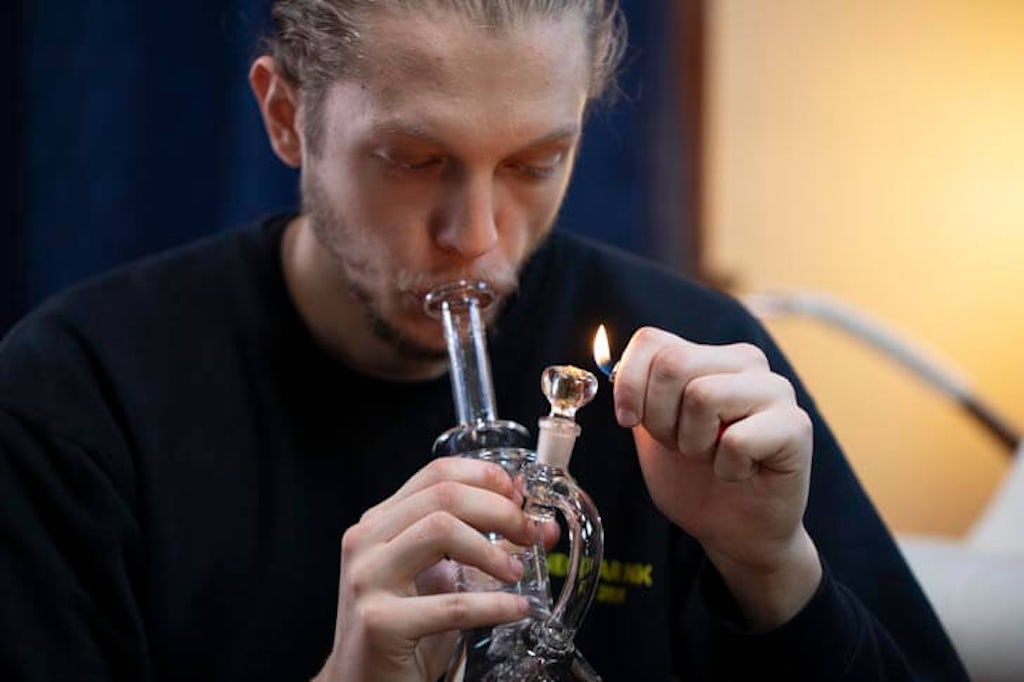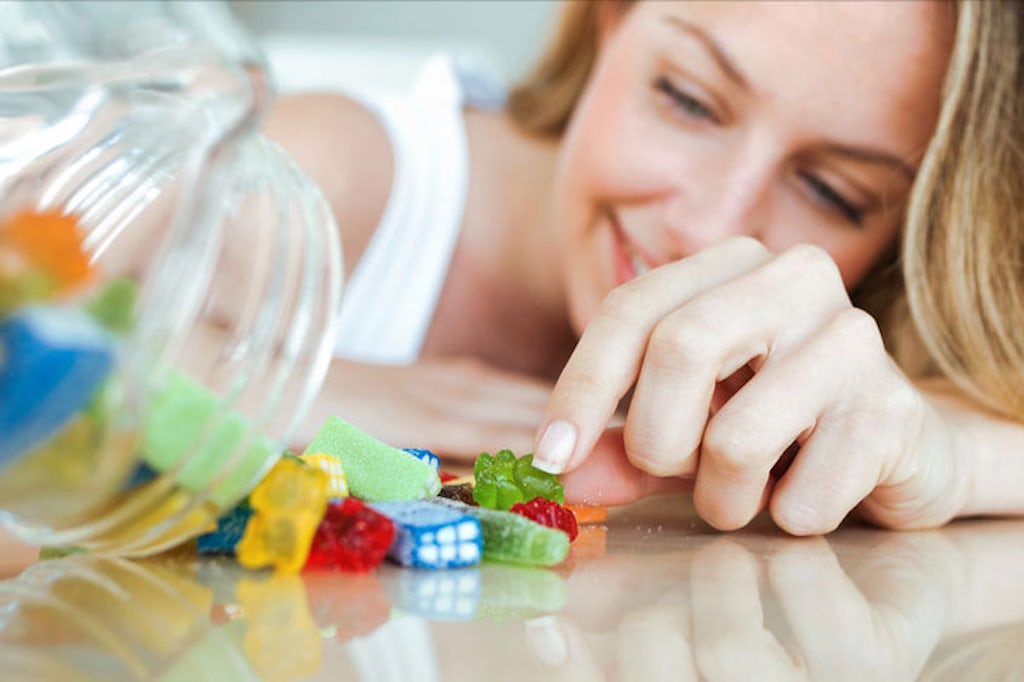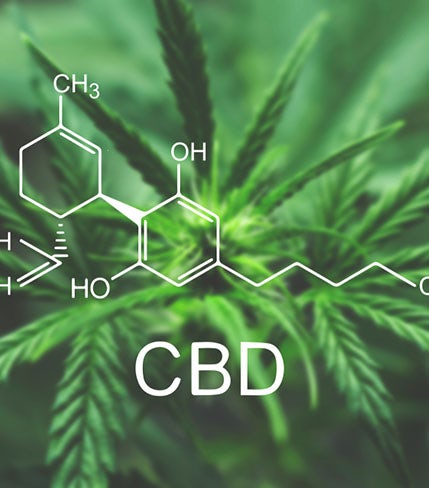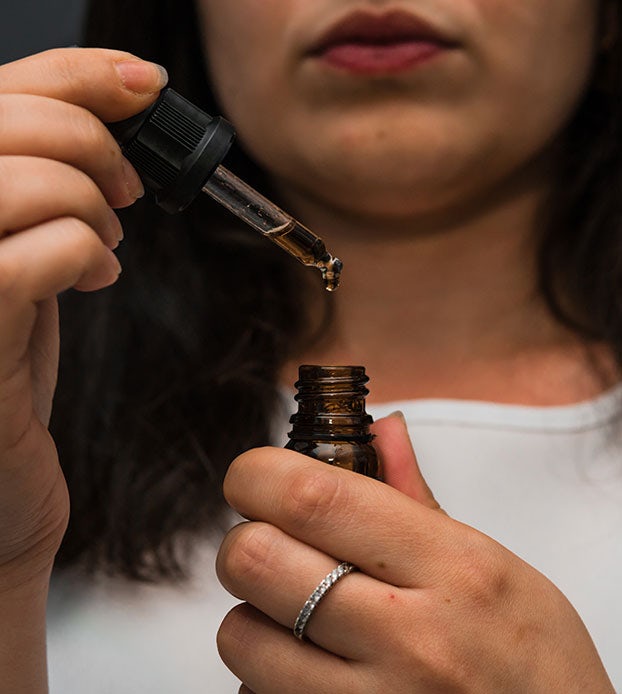How long do the effects of inhaled cannabis last? Whatever your own lived experience has taught you, according to two recent studies, it can be anywhere between four and seven hours before the cognitive impairment caused by the psychotropic effects wears off.
This data is particularly important for drivers, would-be drivers, policy makers, and anyone who is involved in carrying out or supervising safety sensitive tasks. Determining intoxication and impairment with cannabis is notoriously difficult and is nearly impossible to peg it to a per se limit of THC or its metabolites in the blood.
Two studies on the topic were published in recent months, and while they came to different conclusions, considering the varying dosages given to participants, the answer probably lies somewhere in between.
Keep in mind that most of these studies were carried out with the inhalation of cannabis — not edibles, which can last longer. There is also no universal answer to how long you should wait before driving.
The general conclusions are:
- Impairment should wear off 5 hours after inhaling 10mg of THC or less
- Impairment may take 7 hours to wear off after inhaling 20mg of THC or more
Lower doses can wear off after four hours
A review of existing research carried out between 2000 and 2019 found that four hours after consuming cannabis there was no difference between people who had and hadn’t smoked at all.
The researchers wrote that duration of impairment can be affected by a number of factors, including intent of use, intake method, chemovar selection, CBD content, dose, tolerance, drug interactions, the presence of alcohol and other substances.

The studies they looked at used a variety of intake methods: two were smoked cannabis, three used vaporizers, and one sublingual.
Impairment was recorded in the following ways:
- Auditory, visual, and verbal immediate and delayed recall tests,
- Visual and auditory processing speed,
- Task switching efficiency
- Visual attention
- Fine motor coordination and speed
It is important to note that the cannabis samples in these studies for the most part had THC content that was lower than what most people may be used to. Most ranged from 3.5-7% THC, while in one trial participants were given a 1.29% THC by way of a vaporizer. In another study, participants were given 1 gram of 20% THC in vapes, which is much closer to the typical level of THC for today’s chemovars but far lower than the average vape pen.
Or should you wait 7 hours?
According to a separate review published in January 2021, impairment was predicted to take up to 7 hours to wear off after someone inhales 20mg of THC, and that orally taken THC (edibles) may take even longer. The researchers concluded that people should wait around 5 hours after consuming 10-20mg THC before getting behind the wheel.
That review based its assessment of impairment on driving performance and driving related cognitive skills and how they are affected by THC consumption.

They also added that there are a number of factors that can affect the level of impairment, including if the person in question is a regular user with a higher tolerance. In addition, they found that smoking was associated with less impairment than vaporization.
The researchers also noted that “there appears to be no universal answer to the question of ‘how long to wait before driving?’ following cannabis use: consideration of multiple factors is therefore required to determine appropriate delays between delta-9-THC use and the performance of safety-sensitive tasks.”
It is increasingly accepted that there is no consistent correlation between the amount of THC or THC metabolites in someone’s blood and their impairment.
One report from February 2021 concluded that THC impairment “can be minimal in the presence of a positive THC result, and impairment can be profound in the presence of a negative THC result.”
What can affect how impaired you are
Cannabis dosing and effects aren’t always consistent or precise. The same dose for one person can have a radically different effect on another, and even for the same person, the intensity of the experience can vary from session to session.
While there are many variables that can change from session to session, others will consistently affect one’s cannabis experience: genetics and metabolism, personal and family mental health history, and any other medical conditions you may have.
There are two other factors, however, over which you can have control: set and setting, and dose and intake method.
Set and setting
You may like taking a nice relaxing dip at the beach, but probably not when there are jet skis tearing through the surf or the lifeguard just announced a shark sighting. That may be an extreme example, but just like so many other things in life, your mindset and the physical setting you’re in can play a big role in how you respond to cannabis.
The term “set and setting” was originally popularized to describe psychedelics, but the same principles apply to cannabis. Your physical and mental wellbeing and your social and physical surroundings can make a huge difference on how you feel.

In many cases, a very positive (or very negative) environment can be more important than the actual chemical makeup of the cannabis in question. And if you’re feeling physically ill or dealing with serious emotional or mental distress, then the familiar equation you usually use to determine how high you’ll get may become irrelevant.
Dose and intake method
With any new cannabis product or strain, it can take some trial and error before you get the dosing right. The effect of a specific cannabis product can be very positive — or very negative — depending on the dose.
When trying out a new product, follow the time-tested advice to “start low and go slow,” until you gauge how you react.
The same goes for your intake method. The exact same cannabis flower can have a different effect depending on whether you smoke, vape, dab, or eat it. And this isn’t just for novices. A daily cannabis user who is accustomed to using a specific intake method, for instance using a pipe, can become far more intoxicated than usual if they were to smoke a joint or eat an edible. When switching up your intake method, be mindful that this can radically alter how it makes you feel, and act accordingly.
Most relevant for the point at hand, different intake methods will lead to vastly different durations of cannabis effects. Whereas the effects of vaporizing or smoking cannabis can wear off after 4-7 hours, ingested cannabis products will usually last far longer — up to 12 hours.

How to sober up from weed
Put aside the peer-reviewed studies and the double blind tests — we can all tell when we’re a little (or a lot) too high, and most of us have been there more than a time or two.
Ultimately the only surefire way to come is to give it some time, but if time is of the essence or you just can’t wait, there are some easy tricks you can put to use.
Take a deep breath and relax
Try to keep in mind that no one has ever died from weed, you won’t stay this high forever and no, not everyone on the street can tell you’re high, and even if they can, you already walked past them. When people get too high, it can often manifest as anxiety or a feeling of paranoia that can be deeply unsettling. It may sound easier said than done, but try to just take a step back, and remind yourself that you’re safe and sound and this too shall pass.
Find a distraction
When you’re very high, things can get very intense and you may feel a sort of sensory overload. Try to tune this out a bit by focusing on some of your favorite distractions. Put on an album you love, a funny movie that cracks you up every time, or a YouTube compilation of highlight reels that you’ve already seen a thousand times but still works every time. Basically, things that you love that take you out of the here and now for a minute.
Get some snacks
The munchies may not be good for your waistline, but they can really come in handy if you’re feeling too high. After all, how anxious or paranoid can you feel when you’re wrist deep in a bag of chips? And if you’re a fan of soft drinks, then pour a tall, cold glass, and let that fizzy sugary goodness rush the bad vibes away.
Got CBD?
If you have any high-CBD flower or a CBD tincture that you can take sublingually, consider using it. CBD can be effective against anxiety, can have a relaxing effect, and can counter some of the effects of THC.
Chew on black peppercorn if you’re too high?
This may sound like a strange one, but chewing on a few black pepper balls can help you come down a little bit. The method has been promoted by none other than Neil Young, and its effectiveness is believed to be linked to the prevalence of the terpene beta-caryophyllene. Whatever the reason, if you have black peppercorn in the house, what have you got to lose?
Ultimately, when it comes to cannabis impairment, keep in mind some basic principles: find a comfortable, friendly setting, don’t overdo it, and take it slow if you’re trying out a new strain or dosing method. And wait a while before you get behind the wheel.
Sign up for bi-weekly updates, packed full of cannabis education, recipes, and tips. Your inbox will love it.

 Shop
Shop Support
Support
















